$199.97 Original price was: $199.97.$95.99Current price is: $95.99.
SKU: D2LSC 1385886387 Categories: HOT SALE, JAPANESE MAPLE TREES
- Free Shipping Worldwide
- Multiple payment options for secure shopping with SSL
- The best quality products, always.
- Multiple payment methods, safe and reliable

Ikandi Japanese Maple
Acer palmatum ‘Ikandi’
Plant Details
USDA Plant Hardiness Zones: 6a-9a (5a to 9b?) Find Your Zone
Height at Maturity: 8-10′ at 10 years of age; 12-15′ at maturity
Width at Maturity: 4-5′ at 10 years of age; 8-10′ at maturity
Growth Habit / Form: Upright
Growth Rate: Slow to Moderate
Foliage Color in Spring: Cream, White, Green, Rose, Apricot
Foliage Color in Summer: Green shades
Foliage Color in Fall: Yellow Orange and Red shades
Light Needs: Morning Sun with Dappled or Afternoon Shade, Mostly Shade
Water Needs: Average, moderately drought tolerant when established
Soil Type: Clay (amend heavy clay to ensure good drainage), Loam, San
Soil Drainage: Moist But Well Drained, does not like a constantly soggy or wet soil!
Soil pH: 5.0 – 7.0 is ideal
Maintenance: Low
Resistances: Deer – more info, Disease, Heat Tolerant, Insect, Shade
Description
Discovered by Talon Bucholz and perhaps the pinkest of the reticulated Japanese maples, ‘Ikandi’, pronounced “eye candy,” is an upright, vase-shaped, medium-size Acer palmatum that might reach 12 to 15 feet tall and 8 to 10 or so feet wide at maturity. It sports some amazing foliage variegation and changing colors throughout the seasons. In early spring, the ruffled new leaves emerge a salmon-orange color quickly transitioning to an almost a solid bubblegum pink with hints of green and white. By late spring the leaves have transitioned to a zebra-striped variegation of green and white, holding on to a touch of pink. With the arrival of cooler temperatures in fall the leaves begin transitioning to a kaleidoscope of vibrant color shades from yellows and oranges to reds and purples. Its electric green bark contrasts beautifully with the fall foliage and provides interest throughout the year, especially during the winter months. The coloration of Ikandi will be its best when the tree is situated in a spot that provides some protection from direct afternoon sun. Morning sun with afternoon shade or all-day filtered sun is fine. A fine specimen tree for small to medium size garden spaces and near patios, porches, decks and other outdoor sitting and living spaces where it will certainly provide eye candy.
Note: The leaf variegation of Ikandi develops more intensity as the tree ages.
Landscape & Garden Uses
To showcase its magnificence and beauty, the Ikandi Japanese Maple is best used in the landscape as a focal point specimen to draw attention to a specific area of the home or landscape. That said, you can plant it in groupings where space allows or use two to frame an entrance
Suggested Spacing: At least 14 feet apart for space between trees
Note: One Japanese Maple can make a landscape…that is, if you don’t overcrowd it with other trees and plants. Therefore, when selecting companions to plant under or around your Japanese Maple, make sure to select low-growing shrubs or groundcovers that won’t interfere at all with your tree.
Growing Preferences
Though delicate looking, Japanese Maples are actually very tough and long-lived trees. They are very easy to grow in the ground or in containers. How to Plant A Japanese Maple Tree In A Pot
In their natural habitat, Japanese Maples are understory trees, growing in dappled forest sunlight at the edges of woodlands. Ideally ‘Ikandi’ Japanese Maple prefers to be grown in similar conditions. Avoid direct afternoon sun on this variety. If you’re looking for a Japanese Maple that will tolerate more sun click here.
Most any average garden soil will grow Japanese Maples. They prefer a moist but well-drained soil rich in organic matter. As with so many other ornamental plants and trees, constantly soggy or wet soil can be problematic. So make sure to plant your Japanese Maple in a well-drained site.
Helpful Articles
Click on a link below to get helpful advice from our experts on how to plant and care for Japanese Maple trees.
How To Plant A Japanese Maple Tree In The Ground
How to Plant A Japanese Maple Tree In A Pot
How To Fertilize And Water A Japanese Maple Tree
How To Prune A Japanese Maple
Plant Long & Prosper!
Meet The Wilson Brothers & Staff
Questions? Contact Us!
Be the first to review “Ikandi Japanese Maple – 3 Gallon Pot (4-5′)” Cancel reply
Related products
New
Clematis Vines
New
FRUIT TREES & PLANTS
New
New
FRUIT TREES & PLANTS
New
Clematis Vines
New
New
New

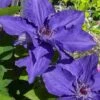

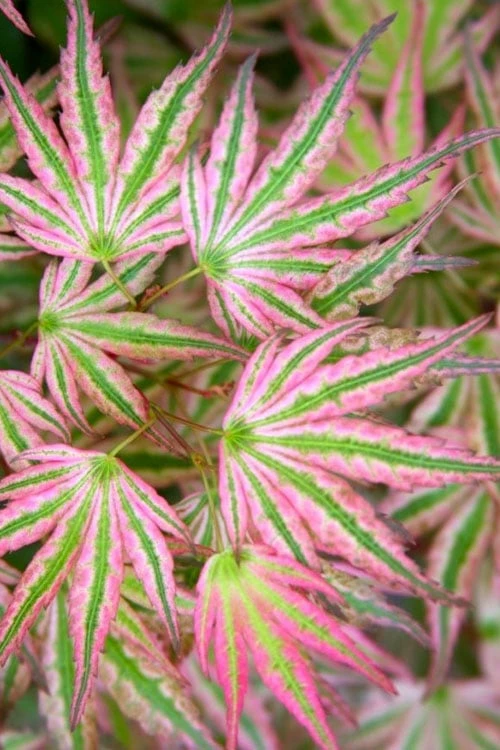
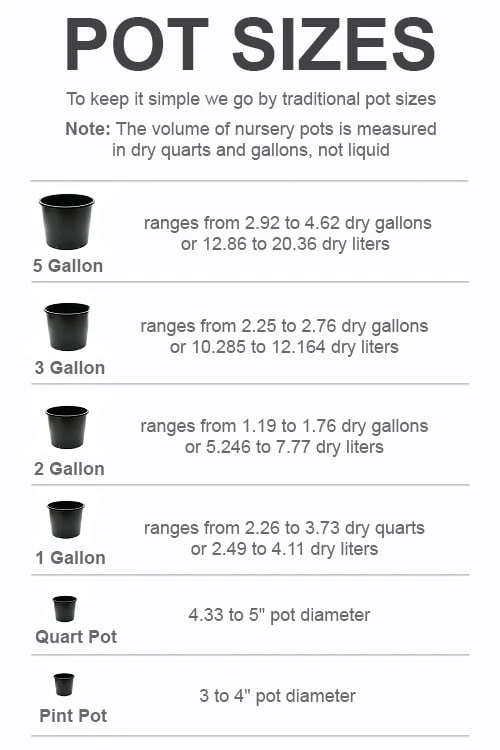
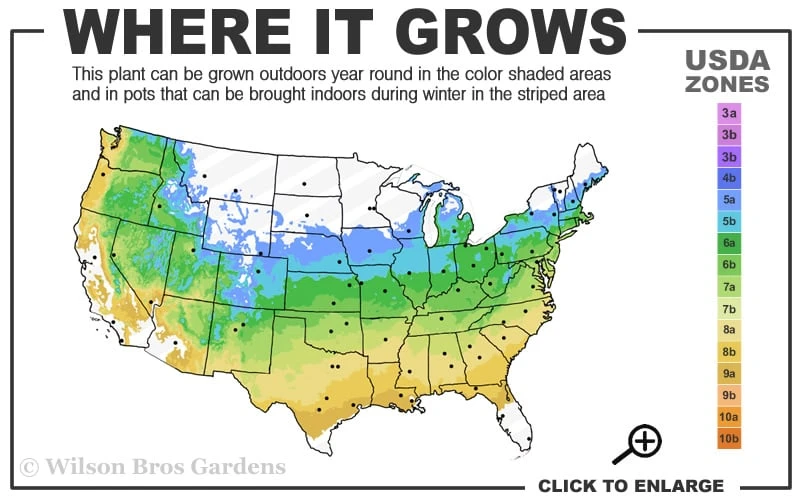
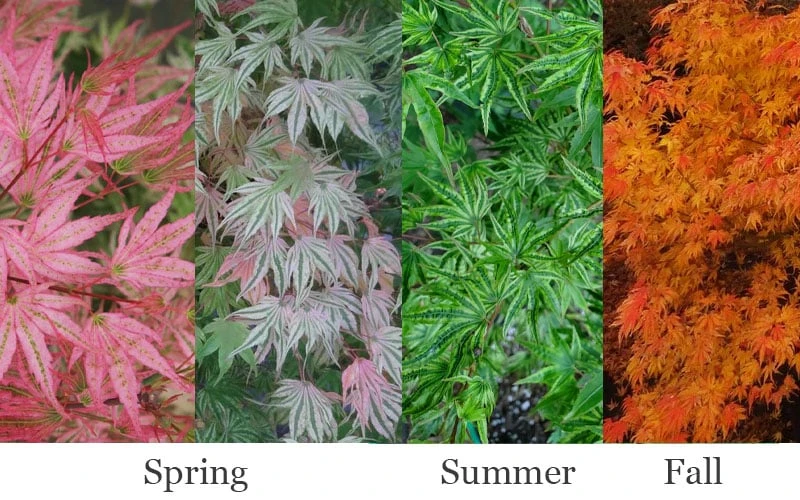
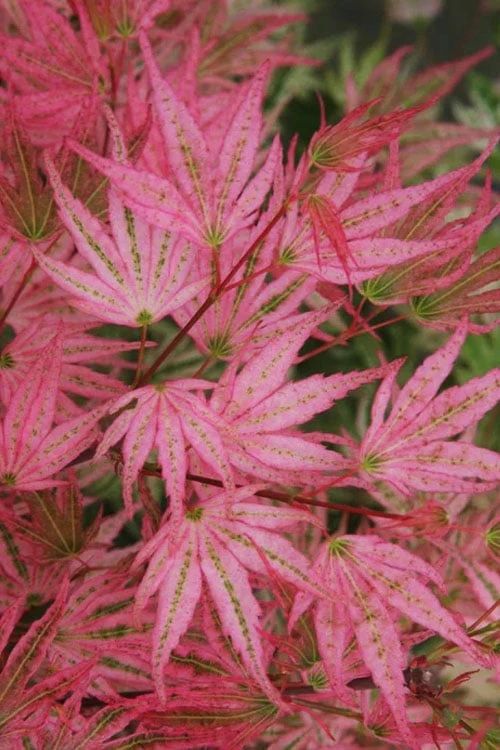
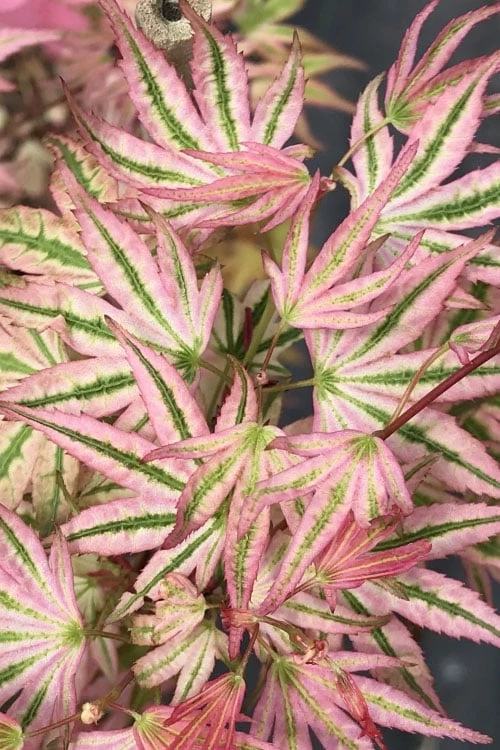
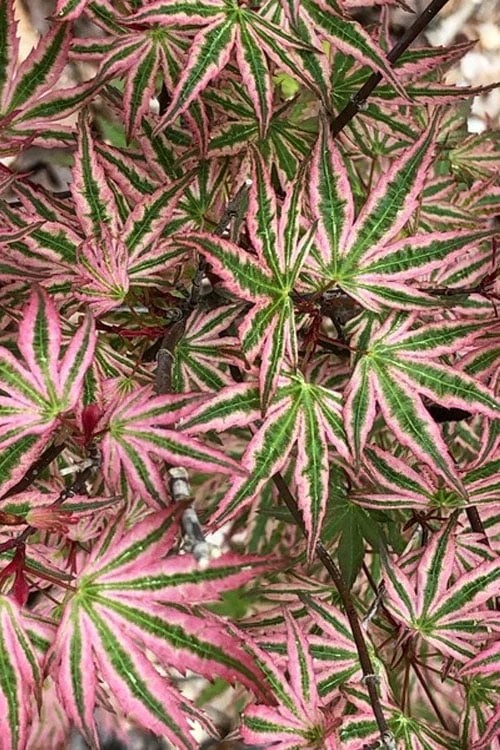





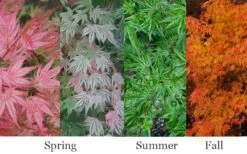
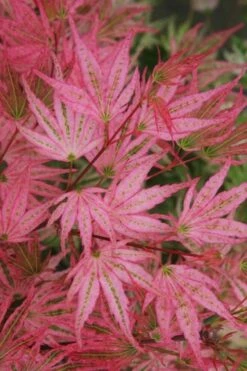


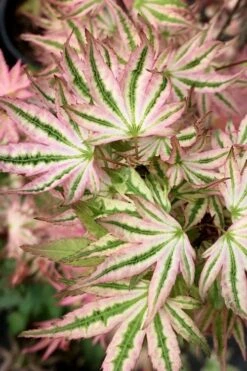
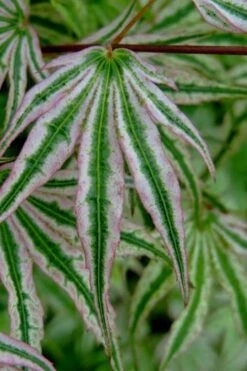
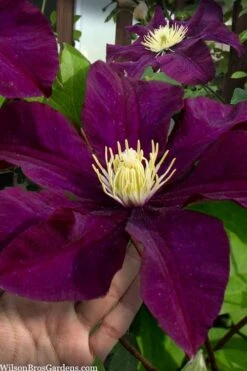
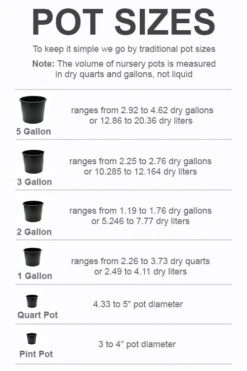

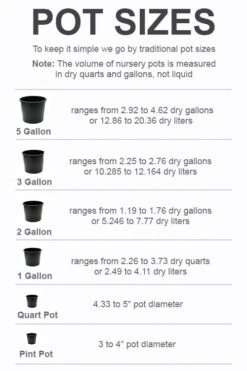

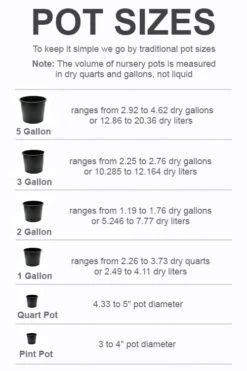
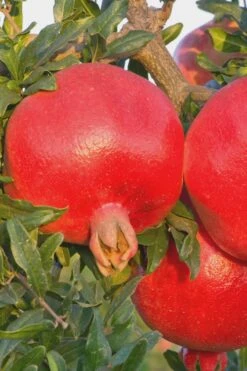
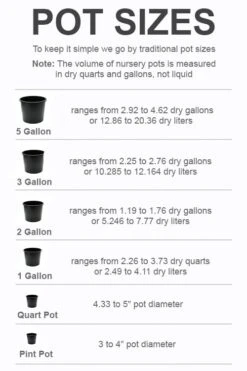
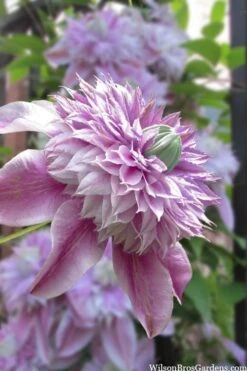


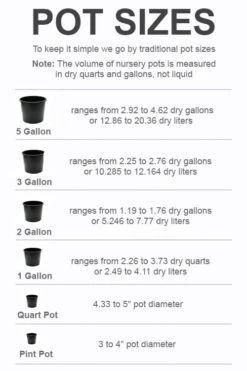

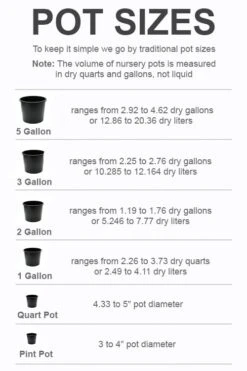


Reviews
There are no reviews yet.